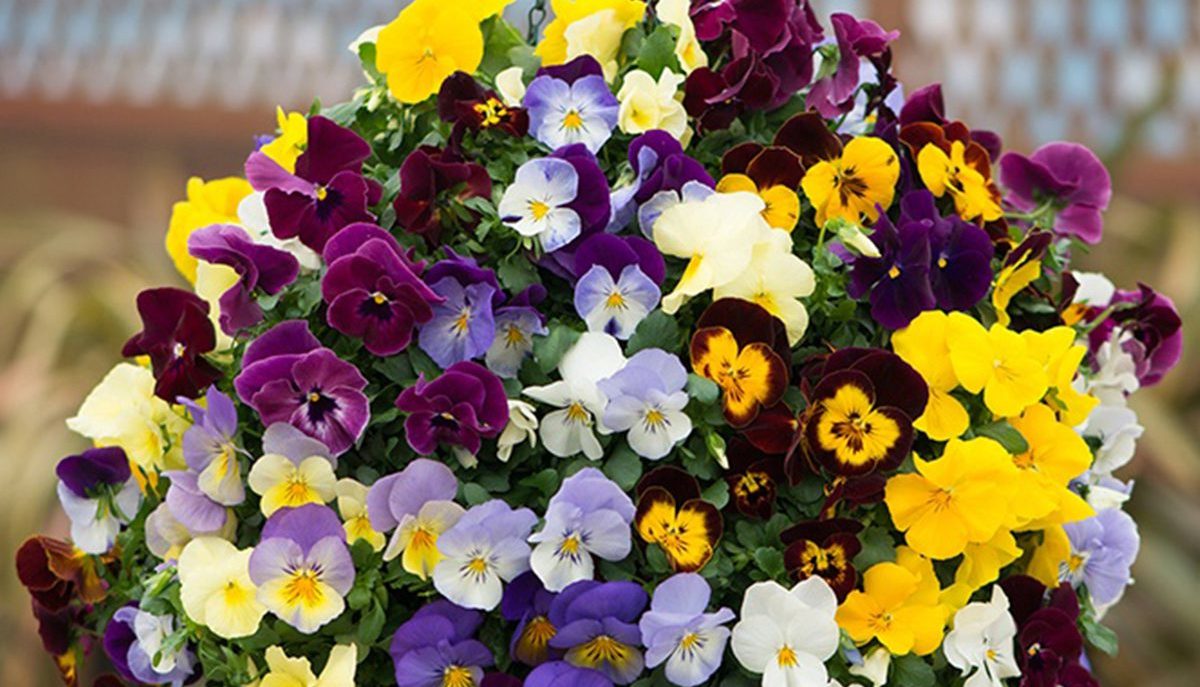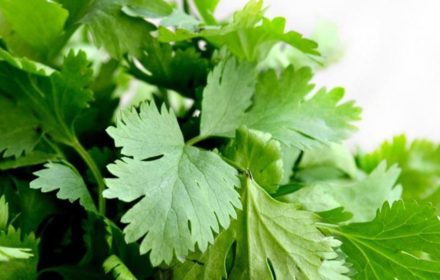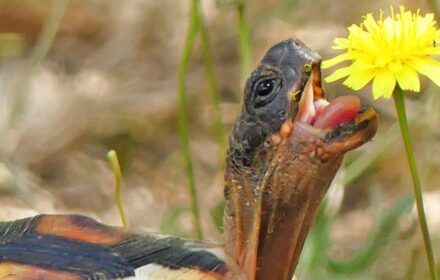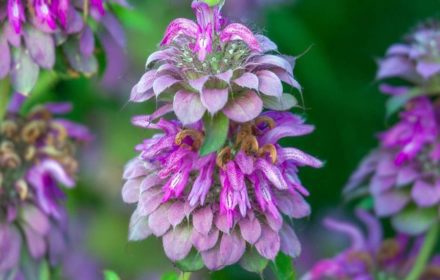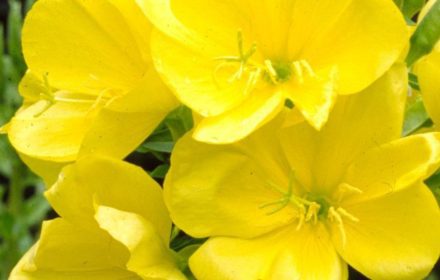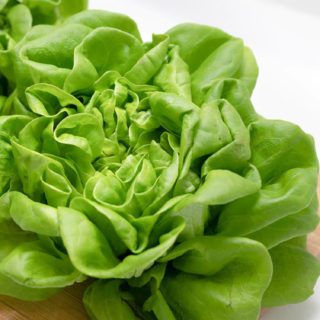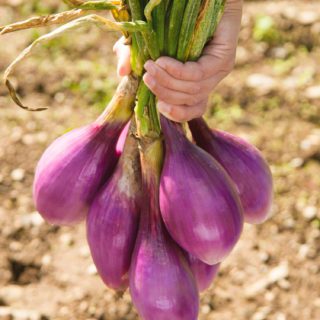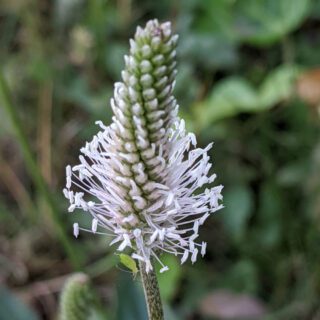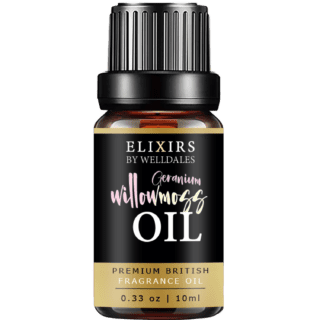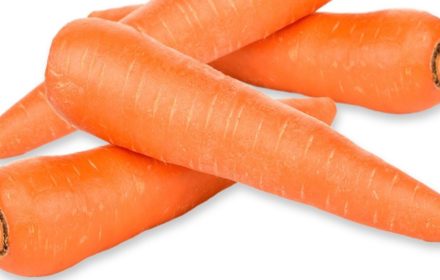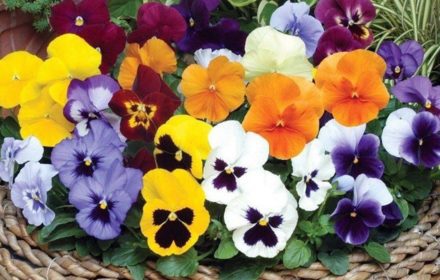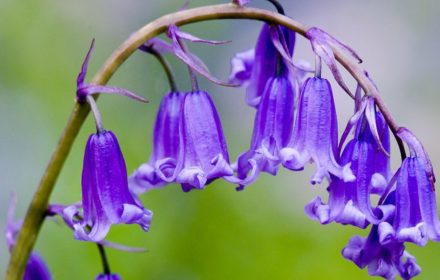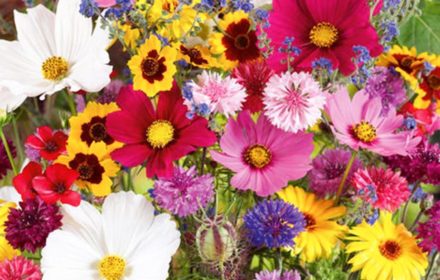How to Sow Mixed Pastel Giant Winter Pansy Seeds
Also known as Viola hiemalis, this winter-flowering variety produces a stunning display of pastel-coloured blooms, including shades of blue, yellow, purple, and white. Flowering from January until late May, winter pansies add vibrant colour to borders, pots, containers, and hanging baskets during the colder months. As a half-hardy annual, these pansies thrive in temperate climates, making them a great choice for UK gardens. Their early flowering habit makes them ideal for late summer sowing, with the option to grow them in cold frames for spring blooming.
When and Where to Sow Mixed Pastel Giant Winter Pansy Seeds
- Indoor Sowing: Start seeds indoors from late summer to early autumn (July to September) for winter flowering. Sow in seed trays or pots and place in a cool, dark location for optimal germination.
- Outdoor Transplanting: Once seedlings are established, transplant them outdoors in autumn for blooms through winter and early spring. Choose borders, containers, or hanging baskets in a sunny or partially shaded area.
Ideal Growing Conditions for Mixed Pastel Giant Winter Pansies
- Soil Requirements: Prefers light, well-drained, nutrient-rich compost or garden soil. Avoid waterlogged conditions to prevent root rot.
- Sunlight: Darkness is required for germination, but once sprouted, seedlings need full sun to partial shade for healthy growth.
- Temperature: Ideal germination temperature: 17-24°C (63-75°F). Once established, plants tolerate cooler temperatures well.
How to Sow Mixed Pastel Giant Winter Pansy Seeds Indoors
- Prepare Containers: Fill seed trays or pots with fine, well-draining seed compost.
- Sowing Depth: Sow seeds 6 mm (¼ inch) deep, covering them lightly with compost.
- Moisture and Humidity: Cover trays with cling film or plastic wrap to retain moisture. Keep compost moist but not waterlogged.
- Germination Conditions: Place trays in a completely dark location for the best germination results. Germination takes 17-24 days under optimal conditions.
- Thinning and Transplanting: Once seedlings reach 2.5 cm (1 inch) in height, remove the covering and move them to a sunny location. When they grow to 7.5 cm (3 inches), they are ready for acclimatisation.
How to Plant Out and Care for Mixed Pastel Giant Winter Pansies
- Acclimatisation: Harden off seedlings by gradually exposing them to outdoor conditions over two weeks before transplanting.
- Planting Out: Transplant hardened seedlings to their final outdoor location in borders, containers, or hanging baskets.
- Spacing: Space plants 15-20 cm (6-8 inches) apart to allow for good airflow and healthy growth.
- Watering: Keep soil evenly moist, especially during dry spells. Avoid waterlogging, as pansies prefer well-drained conditions.
- Deadheading: Remove spent flowers regularly to prolong blooming and encourage new growth.
Common Questions About Growing Winter Pansies
- When is the best time to sow winter pansy seeds? Sow late summer to early autumn for strong winter blooms.
- Can I grow winter pansies indoors? Yes, they can be started indoors or in a cold frame, then transplanted outdoors once hardened off.
- Do winter pansies need sunlight to grow? They require darkness for germination, but once sprouted, they need plenty of sunlight.
- How do I ensure my pansies flower all winter? Deadhead regularly to encourage continuous blooms.
By following these steps, you can enjoy a colourful winter display of Mixed Pastel Giant Winter Pansies, bringing brightness to your garden during the colder months.

